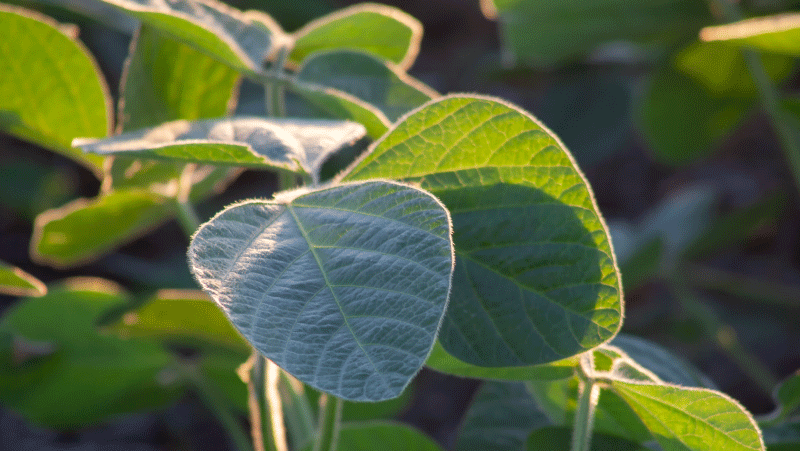Half Wit
American philosopher Ralph Waldo Emerson once observed that “revolutions never go backwards.” While this may be true in most cases, it certainly doesn’t apply to the biotech crop revolution. If anything, this revolutionary concept seems to be only halfway home, and stuck there.
Biotech crops have been a staple of agriculture for more than a decade. In that time, growers in 25 countries have planted biotech corn, soybeans, cotton, and canola on their farmland. According to statistics from the International Service for the Acquisition of Agri-Biotech Applications, 309 million acres of biotech crops were planted in 2008, an increase of 9.4% from the previous year. Leading the way in biotech adoption is the U.S., followed by Argentina and Brazil, representing 79% of the global total. Benefits to this group have included substantially increased yields and overall better growing practices.
However, despite these facts, there are a number of countries and groups that have rejected biotech crops on the grounds that they are “unhealthy” or “unnatural.” In particular, members of the European Union (EU) have gone out of their way to block biotech crop adoption or slow its global spread.
Importantly, new biotech varieties seem to be drawing the most fire these days. In May, several trade groups from the U.S., Canada, and Australia, including the National Association of Wheat Growers, issued a statement calling for the synchronized commercialization of biotech traits in wheat. These groups noted that biotechnology could be a “significant component” to tackling some of agriculture’s major industry issues, including how to feed the world’s expanding population.
Within weeks, some growers, consumers, and civil society organizations in these same countries issued a statement opposing biotech wheat. “People do not want [genetically-engineered wheat] in their bread,” said Terry Boehm, vice president of the National Farmers Union of Canada.
While biotech wheat remains in play with opponents, the next biotech battleground could be a more interesting and difficult one to fight. Recently, scientists at Monsanto and BASF have found a naturally occurring gene called cspB can help corn crops remain fruitful during times of drought. These drought-tolerant crops should be ready for commercialization in 2012, pending government approvals.
Given that desertification and drought claims a Nebraska-sized area of productive land globally each year, how will biotech crop opponents portray these corn plants as evil when they could keep hungry world populations from starving during severe dry spells? Time will tell.
In the meantime, biotech adoption of established crops should continue to move forward. Specialty crops such as eggplant and alfalfa will continue to appear. Other crops are sure to follow.
The bottom line is this: With a growing world population to feed, this is one revolution that shouldn’t remain only halfway to its goal.






